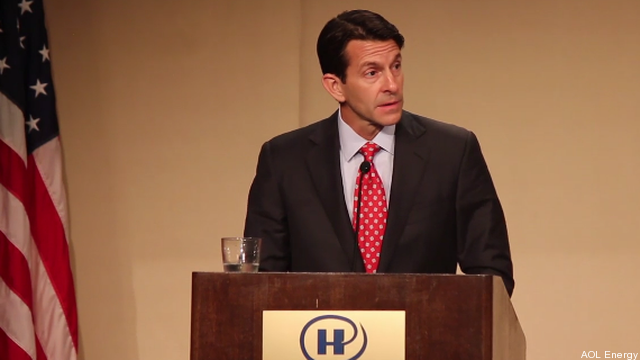
In efforts to transition to a new energy economy, the US federal government has been loaning money to solar and wind companies. It has also been pouring money into research and development.
The National Renewable Energy Laboratory (NREL) in Colorado has been around for over 30 years, but funding for the government-owned lab–dedicated exclusively to R&D, commercialization and deployment of renewable energy and energy efficiency technologies–has been boosted in recent years. In 2002, the lab received $215.8 million in federal funding. In 2010, the lab received $536.5 million. Keep reading →









